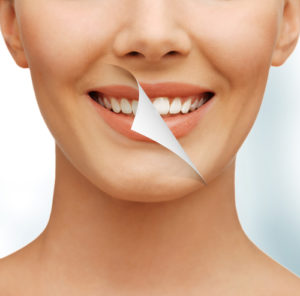Signs It’s Time To Replace Your Dentures
Dentures can be life-changing for those who have lost some or all of their natural teeth. A good quality denture can restore your ability to eat, speak, and smile with...
 So your teeth are looking a little dingy – why not try to whiten at home with common household ingredients? Do it yourself teeth whitening can feel tempting. After all, the internet has plenty of treatment recommendations, with popular DIY whitening posts common on social media platforms like Pinterest and Instagram.
So your teeth are looking a little dingy – why not try to whiten at home with common household ingredients? Do it yourself teeth whitening can feel tempting. After all, the internet has plenty of treatment recommendations, with popular DIY whitening posts common on social media platforms like Pinterest and Instagram.
But you should always keep in mind that whitening is a dental procedure. It’s not just an aesthetic treatment – it affects your enamel and, if done improperly, can cause damage. That’s why we recommend that you only whiten in the office or with a professionally recommended, ADA-approved whitening kit.
That said, you can still take daily steps on your own to see a whiter smile. Below, we break down the different ways you can work toward a bright grin (without ever harming your teeth).
Variations of natural whitening methods have been around for years, but they’ve become easier and easier to find with the steady growth of self-help social media. These recipes aim to whiten teeth without professional products and with inexpensive ingredients that are commonly found in kitchens.
Let’s take a quick look at how whitening works. Enamel is porous, with very small holes across its surface. Dark foods and drinks (and habits like tobacco use) deposit staining compounds into these holes. As those particles build up over time, teeth lose their pearly white sheen. This is known as extrinsic staining, and can be improved with bleaching.
Whitening products aim to break up these compounds. The components found in professional whitening gels bring about chemical reactions that blast away stains, without damaging your enamel. Common household products can’t accomplish the same reactions. Instead, most DIY whitening methods abrade enamel to remove external stains. This might have some impact on your tooth color, but it also erodes your enamel and damages your teeth. A gritty paste made with strawberries and baking soda might feel effective, but using it can cause real harm and ultimately darken your smile, because the enamel is thinner and internal layers are showing through.
There’s another type of stain that won’t improve no matter how much whitening you try. Intrinsic staining is caused by eroded enamel, the use of certain antibiotics during tooth development, and tooth damage. These stains show up because of discolored enamel or internal dentin showing through, and hydrogen peroxide isn’t going to make a difference. Instead, you’ll need to try bonding or veneers to cover tooth surfaces and whiten your smile.
While we don’t want you to apply baking soda or strawberries to your teeth, there are safe ways to preserve a white smile in your daily life.